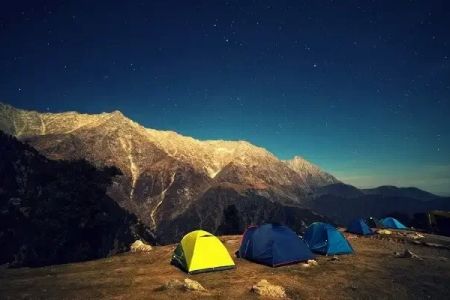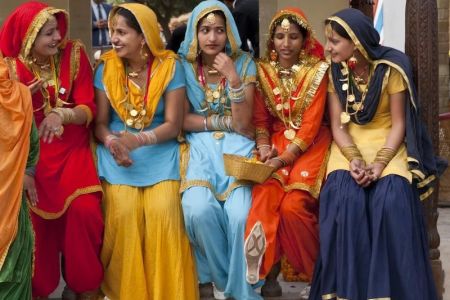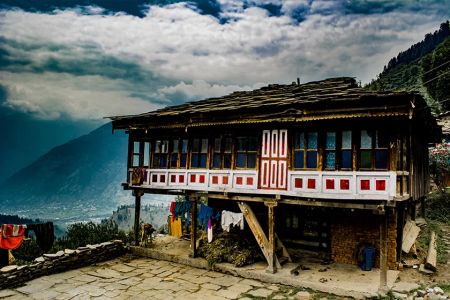Why Trek in South India?
South India, known for its rich cultural heritage and diverse landscapes, offers some of the best trekking opportunities in the country. Whether you’re an experienced hiker or a beginner, trekking in South India allows you to explore lush forests, pristine waterfalls, and scenic hill stations, all while experiencing the region’s unique wildlife and history. From the Western Ghats to the Nilgiris, South India provides a wealth of trekking spots that promise adventure, beauty, and tranquility.
The best part about trekking in South India? Many of these trails are less crowded compared to the popular trekking routes in other parts of the country, offering a more peaceful and immersive experience. Let’s dive into some of the top trekking spots that South India has to offer.
Top Trekking Spots in South India
South India is home to some of the most picturesque and exhilarating trekking spots in India. Here are a few standout destinations for nature lovers and adventure enthusiasts alike:
1. Kudremukh Trek, Karnataka
Located in the Western Ghats, Kudremukh is a must-do trek for nature enthusiasts. Known for its lush green hills, misty forests, and diverse wildlife, the Kudremukh trek offers breathtaking views throughout the journey. The 20-kilometer trek leads you through dense forests, grasslands, and river streams, culminating in a panoramic view of the surrounding valleys. The trail is moderately challenging and is perfect for those looking for a mix of adventure and serenity.
2. Anamudi Peak, Kerala
Anamudi, the highest peak in South India, located in the Western Ghats, is an ideal destination for trekkers who seek to explore the heart of Kerala’s nature. The trek to Anamudi takes you through Eravikulam National Park, home to the endangered Nilgiri Tahr, making it a unique experience. The route is rich with wildlife and offers magnificent views of tea plantations, valleys, and rolling hills.
3. Agasthyakoodam Trek, Kerala
For the more seasoned trekkers, the Agasthyakoodam trek offers one of the highest points in Kerala. The trek leads you through dense tropical forests, providing views of waterfalls, valleys, and incredible flora and fauna. The trek is known for its biodiversity and is perfect for wildlife and birdwatching enthusiasts. The peak, named after the sage Agasthya, also holds spiritual significance, adding a unique element to your trekking adventure.
4. Meesapulimala Trek, Kerala
Situated in the Western Ghats, Meesapulimala is the second highest peak in Kerala, and its trekking route is a relatively easier hike, making it ideal for beginners. The trek takes you through dense forests, grassy meadows, and tea gardens, offering stunning views of the surrounding valleys. The summit provides an uninterrupted view of the mist-covered peaks of the Western Ghats, making it an unforgettable experience.
5. Nilgiri Hills Trek, Tamil Nadu
The Nilgiri Hills are another fantastic trekking destination in South India. Located in Tamil Nadu, the Nilgiris offer a variety of trails, including the popular Ooty to Coonoor trek. The route traverses through dense forests, rolling hills, and charming villages, with plenty of opportunities for birdwatching and photography. This trek is suitable for both beginners and experienced trekkers, and the cool climate and serene surroundings make it even more delightful.
Unique Experiences and Stories
Each trek in South India offers its own unique experience, with stories and memories that last a lifetime. For instance, during a trek to Kudremukh, one trekked reported spotting a herd of wild elephants in the distance, which added an unforgettable wildlife experience to the journey. Similarly, on the Agasthyakoodam trek, trekkers often share stories of encountering the rare Nilgiri Tahr, making it a highlight of their adventure.
One memorable story from the Nilgiris is about a couple who spent their honeymoon trekking through the hills of Ooty and Coonoor. As they walked through tea plantations, they encountered breathtaking views and had an intimate, peaceful experience far from the crowds. These personal experiences add depth to the treks and make them so much more than just a physical challenge.










